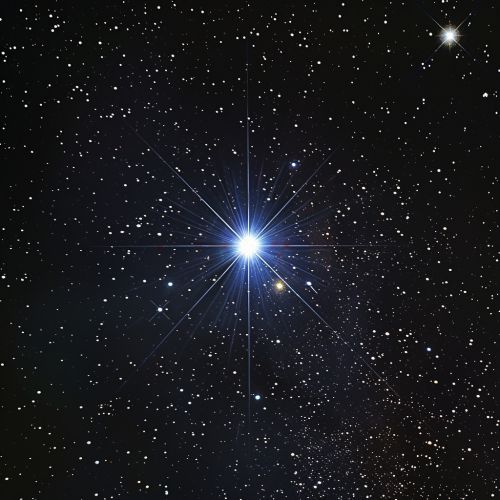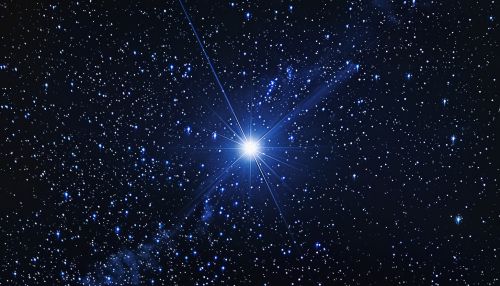Giant star
Introduction
A giant star is a type of star that is significantly larger than a main sequence star. These stars are characterized by their large radii and high luminosity, often several times greater than that of the Sun. They are typically found in the late stages of stellar evolution, having exhausted the hydrogen at their cores and begun to burn heavier elements.


Classification
Giant stars are classified into two main types: red giants and supergiants. Red giants are the most common type of giant star and are characterized by their cool surface temperatures and red color. Supergiants, on the other hand, are much rarer and are characterized by their extremely large size and high luminosity.
Red Giants
Red giants are stars that have exhausted the hydrogen fuel in their cores and have begun to burn helium. This causes the star to expand and cool, resulting in a red color. The process of becoming a red giant is a natural part of stellar evolution and occurs in stars of all masses.
Supergiants
Supergiants are the largest and most luminous stars in the universe. They are characterized by their extremely large size and high luminosity, often several million times that of the Sun. Supergiants are relatively rare, with only a few hundred known to exist in our galaxy.
Evolution
The evolution of a giant star is a complex process that involves several stages. After a star exhausts the hydrogen fuel in its core, it begins to burn helium. This causes the star to expand and cool, becoming a red giant. If the star is massive enough, it will continue to burn heavier elements until it becomes a supergiant.
From Main Sequence to Red Giant
A star begins its life as a main sequence star, burning hydrogen in its core. Once the hydrogen fuel is exhausted, the star begins to contract under its own gravity. This increases the temperature and pressure in the core, causing the star to begin burning helium. The energy produced by this process causes the outer layers of the star to expand, and the star becomes a red giant.
From Red Giant to Supergiant
If the star is massive enough, it will continue to burn heavier elements after it has exhausted its helium fuel. This process continues until the star begins to burn iron, at which point it becomes a supergiant. The process of becoming a supergiant is a natural part of stellar evolution and occurs in stars of all masses.
Characteristics
Giant stars are characterized by their large size and high luminosity. They are typically several times larger than the Sun and can be up to a million times more luminous. Despite their large size, giant stars are relatively cool, with surface temperatures of only a few thousand degrees.
Size
The size of a giant star is determined by its mass and the stage of its evolution. Red giants are typically several times larger than the Sun, while supergiants can be up to a thousand times larger.
Luminosity
The luminosity of a giant star is determined by its size and surface temperature. Despite their large size, giant stars are relatively cool, which results in a lower luminosity than would be expected for a star of their size.
Observations and Studies
Giant stars have been the subject of many observations and studies due to their unique characteristics. They are often used as benchmarks in the study of stellar evolution, as their large size and high luminosity make them easy to observe.
